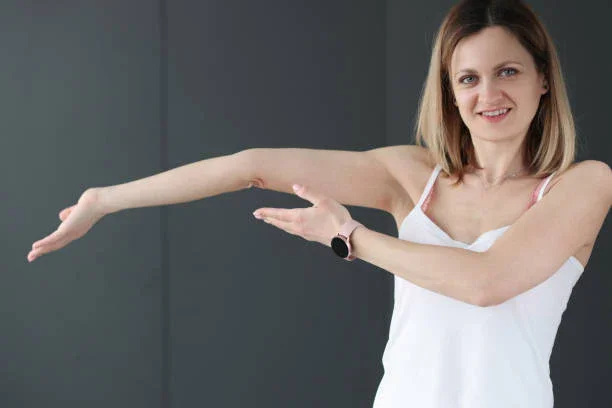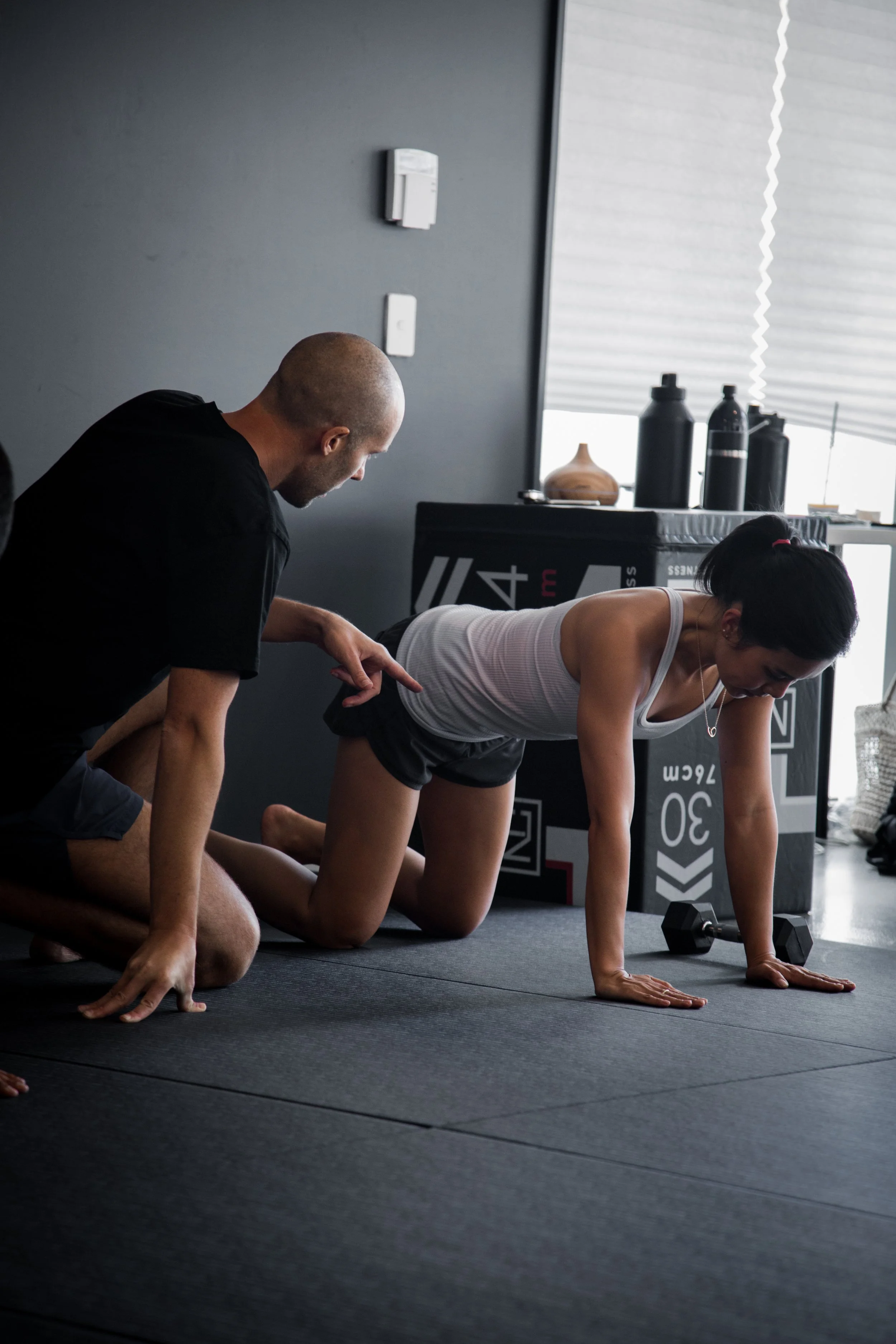Building Stability with Ehlers-Danlos Syndrome: How Targeted Training Supports Joint Health
Understanding Hypermobility and Ehlers-Danlos Syndrome
Hypermobility refers to joints that move beyond their normal range of motion. For many Australians, this flexibility might seem harmless—or even advantageous—but it often comes with drawbacks such as instability, fatigue, and recurring injuries. In some individuals, hypermobility is linked to Ehlers-Danlos Syndrome (EDS), a connective tissue condition affecting collagen integrity. For many, the journey to a diagnosis includes recognising symptoms early on — in fact, articles such as “23 Signs You Grew Up With Ehlers‑Danlos Syndrome” highlight the subtle clues that appear in childhood.
This article highlights 23 Ehlers-Danlos Syndrome symptoms that provide valuable insights into this condition:
High flexibility of joints
Clumsiness
Frequent tripping or falling
Frequent joint dislocations, especially of the knee or elbow
Ability to bend fingers or thumb backward
Increased frequency of fracturing bones
Hyperextended knees
Feeling you are double-jointed
Fear of relaxing your joints for fear of dislocation
Frequent dizzy or fainting spells
Fewer wrinkles
Frequent foot problems, especially pain and discomfort
Digestive issues like bloating, diarrhea, nausea, acid reflux
Extreme fatigue
Holding a pen or pencil differently to avoid pain, discomfort, or dislocation of your finger joint
Take longer to complete everyday activities
Increased likelihood of migraine, vision issues, or postural orthostatic tachycardia syndrome (POTS)
Chronic body pain at a young age
Running with a different gait than others
Picky about the clothing you wear to protect your sensitive skin
Joints make a clicking or popping noise
Growing pain in the ankles
Inability to run fast
Common symptoms include joint pain, muscle weakness, poor posture, and frequent sprains or dislocations. Because the underlying issue lies in the connective tissue, improving stability through targeted hypermobility and exercise routines is essential for long-term joint health.
The Importance of Functional Patterns Exercise for Joint Health
For people managing Ehlers-Danlos Syndrome, Functional Patterns training provides an evidence-based, biomechanical approach to movement. It goes beyond traditional “gym-style” workouts or double jointed exercises by integrating posture, coordination, and muscle sequencing. This method helps improve overall structure and movement efficiency.
Benefits of targeted Functional Patterns training include:
Better posture and joint alignment
Enhanced core stability and balance
Reduced pain from overuse or compensatory movement
Long-term improvement in mobility and control
When performed correctly, a hypermobility workout based on Functional Patterns principles builds resilience while minimising risk.
Building Strength and Stability for Hypermobile Joints
For individuals with hypermobile joints or Ehlers-Danlos Syndrome, the focus should be on controlled, functional movement rather than pushing flexibility or range of motion. A hypermobile workout should prioritise stability, posture, and coordinated movement to support connective tissue and reduce strain on joints.
By following principles from Functional Patterns, people can improve muscle engagement, enhance core stability, and develop better overall movement patterns. This approach helps address common challenges associated with joint hypermobility syndrome exercises and ensures that training is safe, effective, and tailored to individual needs.
Even without specific routines, understanding the importance of structured, mindful hypermobile exercises encourages safer activity and builds long-term resilience. Integrating functional movement into daily life—through posture awareness, balance, and mindful motion—reinforces the benefits of a hypermobility and exercise strategy while protecting joints and connective tissue.
Integrating Movement into Daily Life
The strength you build through Functional Patterns training extends beyond structured workouts. By applying proper biomechanics to everyday actions—walking, sitting, lifting, running and throwing—you reduce strain and improve functional capacity.
Tips for staying active safely:
Avoid holding joints in locked or hyperextended positions
Prioritise movement awareness and posture throughout the day
Do FP corrective exercises using bands and weights at home to build strength, improve posture, and support better movement.
Use mindfulness to identify areas of tension or instability
Even replacing habitual double jointed exercises with controlled, functional ones can dramatically improve long-term comfort and performance.
Get Expert Support: Work with a Functional Patterns Practitioner
If pain, fatigue, or frequent subluxations interfere with daily activities, professional guidance is essential. Here at Functional Patterns Melbourne, one of our experts can assess your posture, gait, and muscle sequencing to design a safe, individualised program of exercises for hypermobile joints.
Through this targeted, corrective method, people with Ehlers-Danlos Syndrome can move from fragility toward function—building strength, balance, and confidence. Support is also available through Ehlers-Danlos Syndrome Australia and related community resources.
Take the Next Step
Managing joint hypermobility isn’t about restriction—it’s about understanding how to move effectively. Through Functional Patterns training and carefully structured hypermobility workouts, Australians living with Ehlers-Danlos Syndrome can achieve lasting joint stability, reduce pain, and move with greater confidence.



